BEYOND HIGH-STRENGTH CONCRETE: ULTRA-HIGHPERFORMANCE CONCRETE Metna Co. (Email: metnaco@gmail.com)
Concrete:


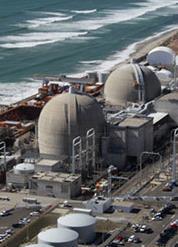


The Most Widely Used Construction Material

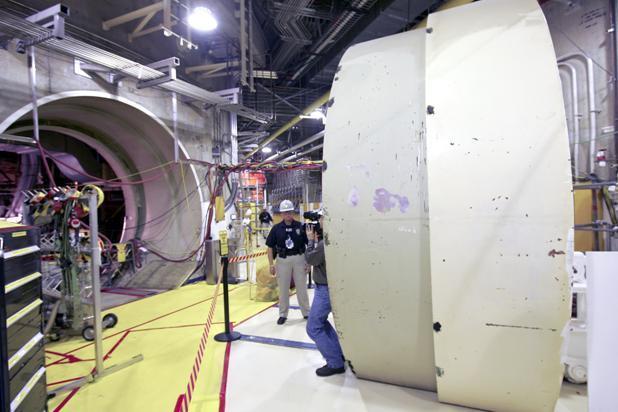



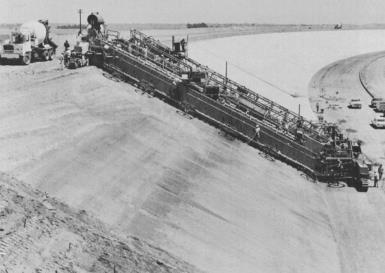
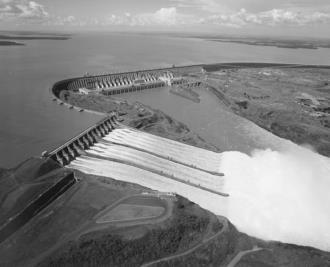

BEYOND HIGH-STRENGTH CONCRETE: ULTRA-HIGHPERFORMANCE CONCRETE Metna Co. (Email: metnaco@gmail.com)












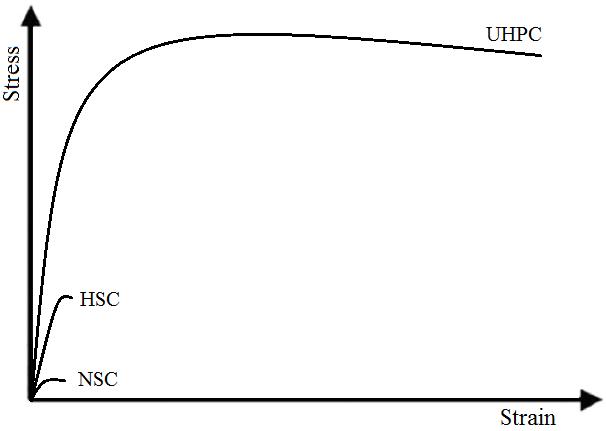
• Distinctly high compressive strength (>20 ksi, 140 MPa), tensile strength (>2.6 ksi, 18 MPa), ductility, toughness, blast and fire resistance, impermeability and durability.
• Some key features include high packing density of particulate matter, very low water/cementitious ratio, and effective use of discrete fibers.
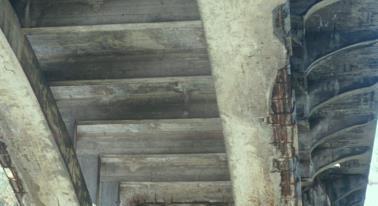
Typical Performance Characteristics of Normal-Strength Concrete (NSC), HighStrength Concrete (HSC), and Ultra-High-Performance Concrete (UHPC)


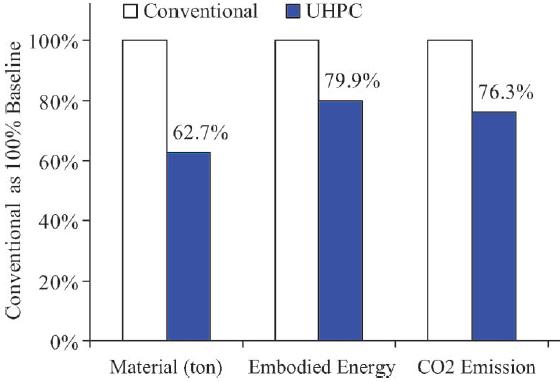


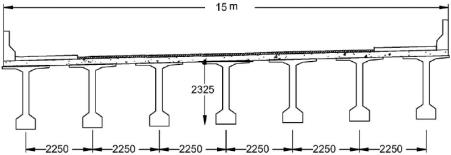

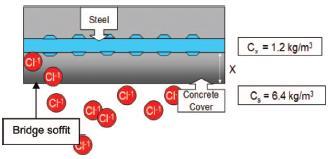
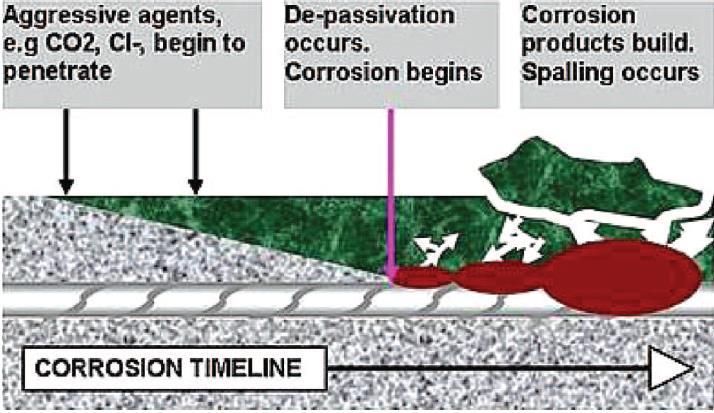
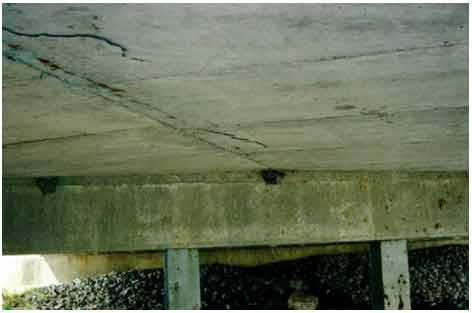

Structural Frame: Steel Replacement
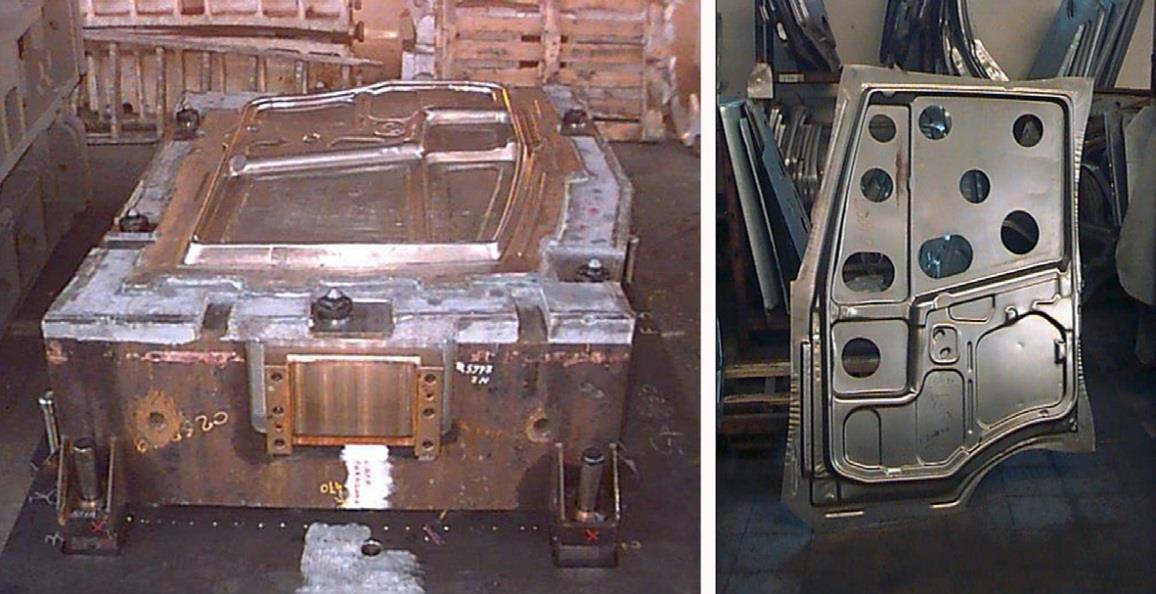

Abrasion-Resistant, Low-Cost Dies for Production of Metal & Polymer Parts
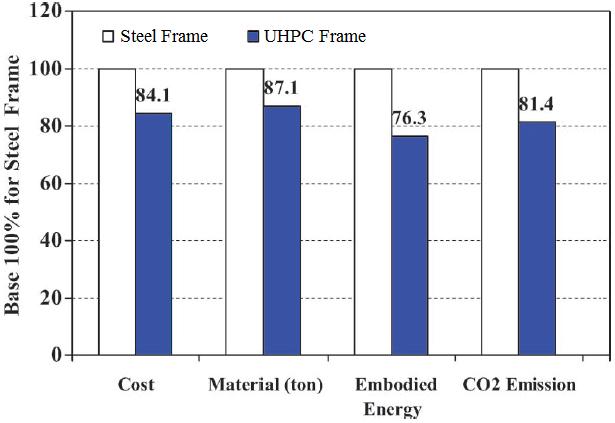
• High Packing Density
• Removal of coarse aggregate
• Use of specially graded fine aggregates
• Optional use of relatively inert powder
• Use of fine pozzolans (silica fume)
• Low Water/Binder Ratio
• Use of Advanced Superplasticizers

• Effective Use of Fibers
• High-Temperature Curing
Typical Mix Designs of Normal-Strength Concrete (NSC), High-Strength Concrete (HSC), and Ultra-HighPerformance Concrete (UHPC)

• Excess Cementitious Contents
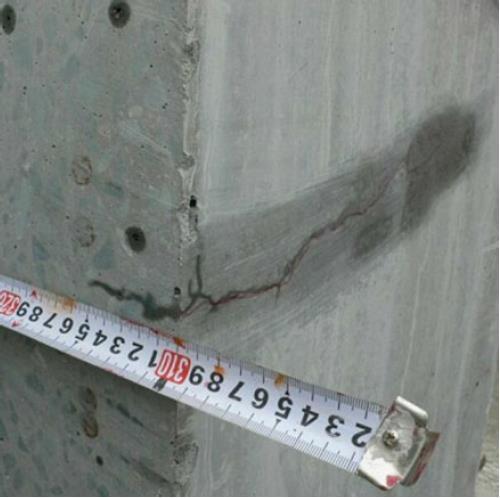
• High Heat of Hydration
• Large (Autogenous) Shrinkage (correlated with temperature rise)
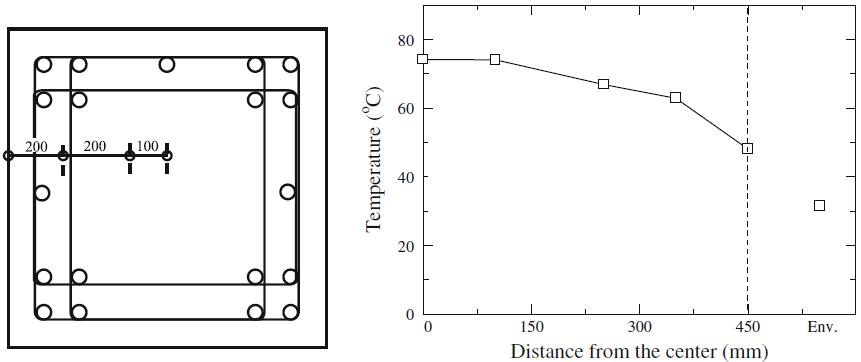
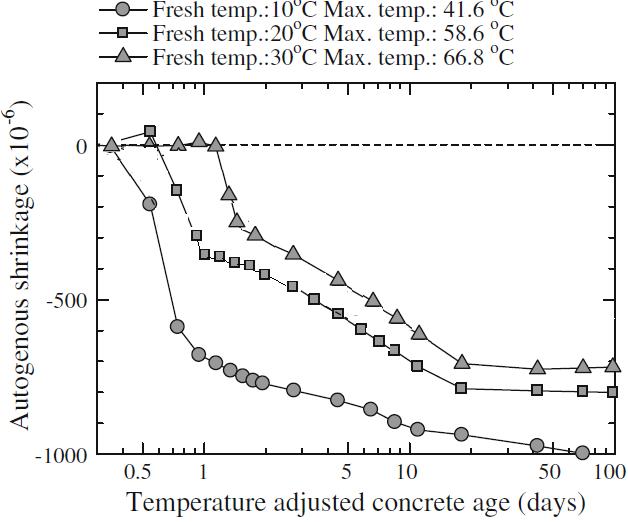
• Restrained (thermal/autogenous)
Shrinkage Cracking
• Large Creep Deformations
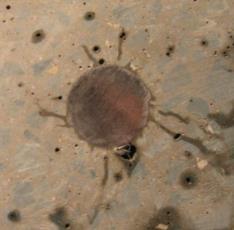
• Need for Thermal Curing
• Specialty Aggregates
• Excess Mixing Time/Effort
• Cost
•Future Needs: Develop mix design and production methods for reliable and costeffective construction of UHPC infrastructure systems using commonly available materials and equipment.
•Key Benefit: Enable effective use of UHPC towards enhancement of the safety, structural efficiency, durability, sustainability, and initial and life-cycle economy of concrete-based infrastructure systems.